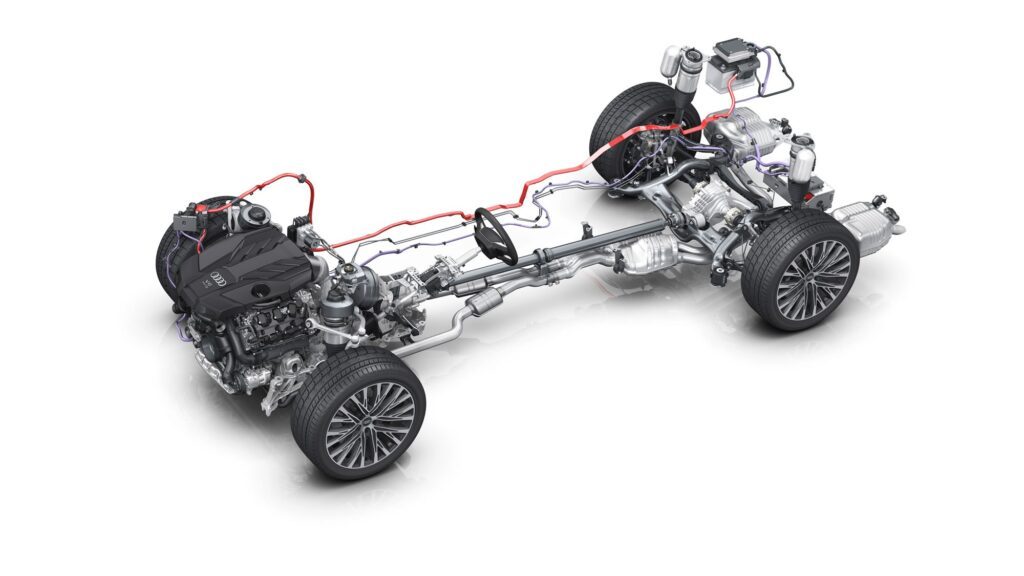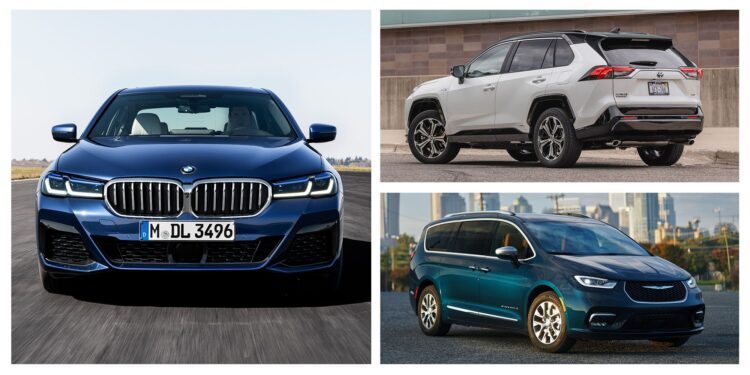Introduction
In the realm of automotive advancements, two prominent hybrid technologies, namely mild hybrid and full hybrid, have captured the attention of enthusiasts and eco-conscious drivers alike. Delving into their intricacies, this comprehensive article embarks on an enlightening journey, deciphering the divergences between these two hybrid variants and unraveling their unique attributes. By the end of this extensive exploration, you will gain a profound understanding of the disparities that set them apart, shedding light on the advantages and disadvantages of each technology. Additionally, we address some frequently asked questions to provide further clarity on the subject.
The Essence of a Mild Hybrid

At the core of the mild hybrid concept lies an innovative engineering marvel that boasts a distinctive approach toward enhancing fuel efficiency and reducing emissions. Unlike its full hybrid counterpart, the primary objective of a mild hybrid is not solely focused on relying on electric power. Instead, it operates in harmony with a conventional internal combustion engine, utilizing an integrated electric motor to assist the engine during specific driving scenarios. The electric motor, albeit modest in power, contributes to improved efficiency by reducing the load on the engine and enabling seamless start-stop functionality.
Decoding Full Hybrid Prowess

In stark contrast to the mild hybrid concept, a full hybrid system embraces a more comprehensive electrification approach. While sharing the fundamental principles of a mild hybrid, a full hybrid is endowed with a larger battery pack and a more potent electric motor. This amalgamation empowers the vehicle to operate solely on electric power for limited distances, allowing for zero-emission driving. Furthermore, the regenerative braking system employed in full hybrids facilitates the conversion of kinetic energy into electrical energy, replenishing the battery and maximizing overall efficiency.
Efficiency and Performance Perspectives
When assessing the efficiency aspect, mild hybrids offer a commendable improvement in fuel economy compared to conventional non-hybrid vehicles. The electric motor’s intermittent assistance enables optimized engine operation and reduces fuel consumption during acceleration and deceleration. This innovative hybridization fosters a harmonious balance between internal combustion power and electric motor support, resulting in notable fuel efficiency gains. Conversely, full hybrids take efficiency to greater heights, with the ability to operate in electric-only mode, thereby eliminating fuel consumption altogether in specific circumstances. The larger battery capacity and the more potent electric motor in full hybrids facilitate extended periods of electric driving, offering unparalleled efficiency and reduced carbon emissions.
Performance-wise, mild hybrids augment the overall driving experience by providing a subtle boost to power during acceleration, resulting in smoother and more responsive performance. The integration of electric power assists in mitigating lag and enhancing torque delivery, offering a seamless transition between electric and combustion power. On the other hand, full hybrids, with their superior electric power capacity, deliver impressive torque and swift acceleration, rivaling that of their non-hybrid counterparts. The instant torque delivery from the electric motor, combined with the seamless blending of electric and combustion power, results in exhilarating performance and a dynamic driving experience.
The Spectrum of Hybridization
It is essential to acknowledge that the boundaries between mild hybrids and full hybrids are not rigid. Hybrid technologies exist on a spectrum, with varying degrees of electrification. Some vehicles may exhibit hybrid features that fall somewhere between the characteristics of mild and full hybrids. These hybrids, often referred to as strong hybrids or plug-in hybrids, possess a more substantial electric motor and battery capacity than mild hybrids but fall short of the complete electrification achieved by full hybrids. Strong hybrids offer extended electric-only driving ranges and can be charged externally, allowing users to plug them into charging stations or home outlets for recharging the battery pack.
Frequently Asked Questions
Q. What is the difference between a mild hybrid and a full hybrid?
Mild hybrids assist the conventional engine with an integrated electric motor, whereas full hybrids have a larger battery pack and a more powerful electric motor, allowing them to operate solely on electric power for limited distances.
Q. Do mild hybrids and full hybrids offer the same fuel efficiency?
While both mild hybrids and full hybrids offer improved fuel efficiency compared to conventional non-hybrid vehicles, full hybrids have the advantage of operating in electric-only mode, resulting in even greater fuel savings, especially during city driving or in stop-and-go traffic.
Q. Can mild hybrids and full hybrids reduce emissions?
Yes, both mild hybrids and full hybrids contribute to reducing emissions. By incorporating electric motor assistance, mild hybrids reduce the load on the combustion engine, leading to lower fuel consumption and reduced carbon emissions. Full hybrids, with their ability to operate on electric power alone, offer the added benefit of zero-emission driving during certain conditions, further reducing overall emissions.
Q. Are mild hybrids and full hybrids more expensive than conventional vehicles?
The cost of mild hybrids and full hybrids can vary depending on the specific make and model. Generally, hybrid vehicles tend to have a higher upfront cost compared to their non-hybrid counterparts due to the added technology and components. However, potential fuel savings over time and potential incentives or tax credits may help offset the initial investment.
Q. Can mild hybrids and full hybrids be charged externally?
Mild hybrids do not typically have external charging capabilities as they rely on regenerative braking and the internal combustion engine to recharge the small battery pack. In contrast, full hybrids can be charged externally, usually through a standard electrical outlet or dedicated charging stations. This allows the larger battery pack in full hybrids to be fully charged, maximizing their electric driving range.
Q. Are there any maintenance differences between mild hybrids and full hybrids?
In terms of routine maintenance, both mild hybrids and full hybrids generally follow similar schedules as conventional vehicles. However, due to the additional electric components, full hybrids may require specialized maintenance for the battery pack and electric motor. It is important to consult the vehicle’s owner manual or seek guidance from authorized service centers for proper maintenance procedures.
Conclusion
By examining the nuances between mild hybrids and full hybrids, we have uncovered their distinct characteristics and advantages. Mild hybrids optimize fuel efficiency and provide a power boost during acceleration, while full hybrids offer extended electric driving capabilities and zero-emission operation. Understanding the differences between these hybrid technologies allows consumers to make informed decisions based on their driving needs, environmental concerns, and long-term cost savings. As the automotive industry continues to evolve, both mild hybrids and full hybrids contribute to a greener and more sustainable future on the roads.





